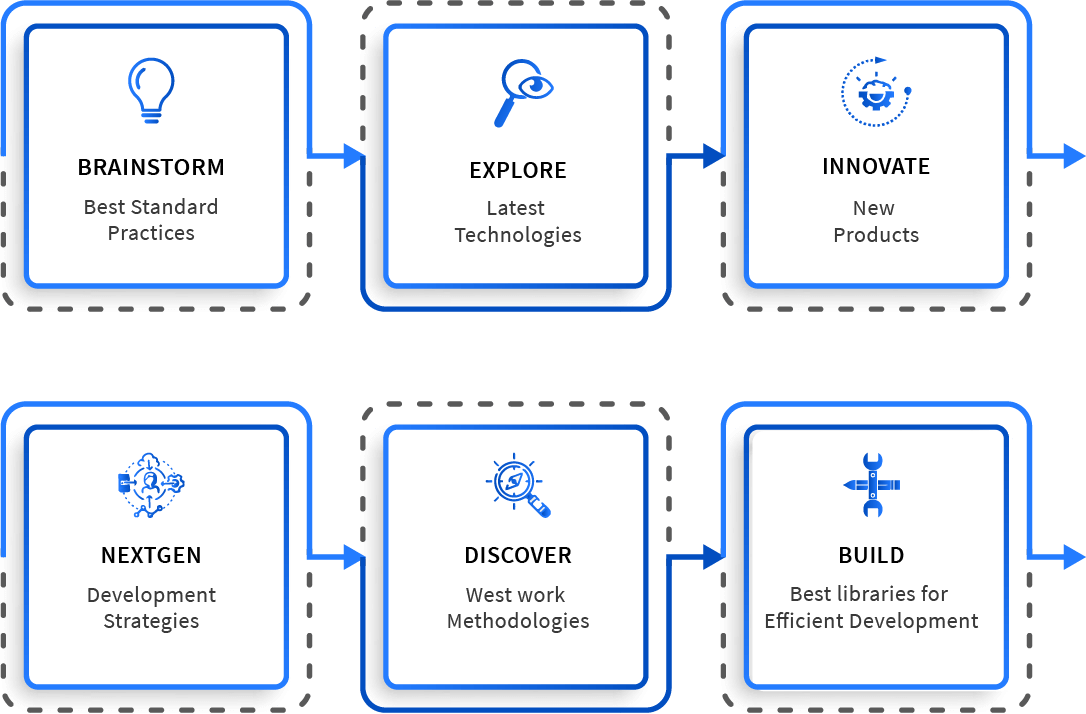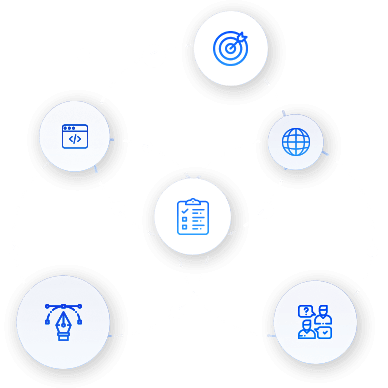















Ways and Means Technology Private Limited do not leave their clients just after completion of requirement scope and delivery. We offer services beyond delivery and offer an extensive range of services that helps clients’ businesses with support and maintenance of software application and their infrastructure.
Software Mantainence and Support Services by Ways and Means Technology Private Limited includes a set of activities that are targeted to ensure stable functioning, scalability, performance, and security of the software application. Support & Maintenence can be divided into the following four groups:
Continuous Monitoring of the software application and fixing issues and problems that are faced/discovered by users.
Understanding changing business needs and keeping software up-to-date in line with new requirements.
Continuously refining software application’s user experience, usability, reliability, performance and reliability.
Identifying and fixing underlying issues and problems to ensure smooth functioning.
Off-shore – 1 week
On-Shore – 2-4 weeks
Off-shore – 1 week
On-Shore – 2-4 weeks
4 Weeks
As per the scope of support and maintenance defined in previous stage processes are designed keeping in focus following two elements
4 Weeks
Off-shore – 2 weeks
On-Shore – 2-4 weeks
Off-shore – 2 weeks
On-Shore – 2-4 weeks
1-2 days
As per timeframes selected (eg 8/5, 12/5, 24/5, 24/7), service level agreement and resource matrix finalized in the previous stages of setting up support and maintanence process is launched. An escalation matrix is designed to keep the business critical decision making and issue resolutions, fast, smooth and robust.
1-2 days
Ways and Means Technology Private Limited offers end-to-end software maintenance and support services that consist of all types of resources.
With an extensive experience of over a decade, Ways and Means Technology Private Limited is a reliable partner for your software support and continence service needs.
Hear And Read Success Stories Straight From Our Client.
We use proven work methodologies which are key to effective & efficient solutions and successful project delivery for our client
In this phase we gather business requirement and propose the approach or methodology to the client and carve scope at the end of discussion.
In this phase, assemble a project team and Determine roles and responsibilities of the project team to start planning how to manage the project so it can achieve its goals within budget and on time.
We plan for sprints based on project requirements and follow sequential process incorporating iterations, if any. Ensure transparency across the process until we finish our work.
Once project has been given the go-ahead, it's time to stamp out the scope, schedule, and cost of a project. Analysis is very important to proceed further to the next step.
Once the team is assigned, it's time to start the project development.
Our technology incubation unit, we call it WM Innovation Lab is our research lab where weEXPLORE latest technology updates, we BRAINSTORM best standards, we DISCOVER best methodologies, we INNOVATE new products, we CREATE best solutions.
This helps us get the best solutions to the clients in minimum time frame. We have a dedicated team of senior developers for our lab.




